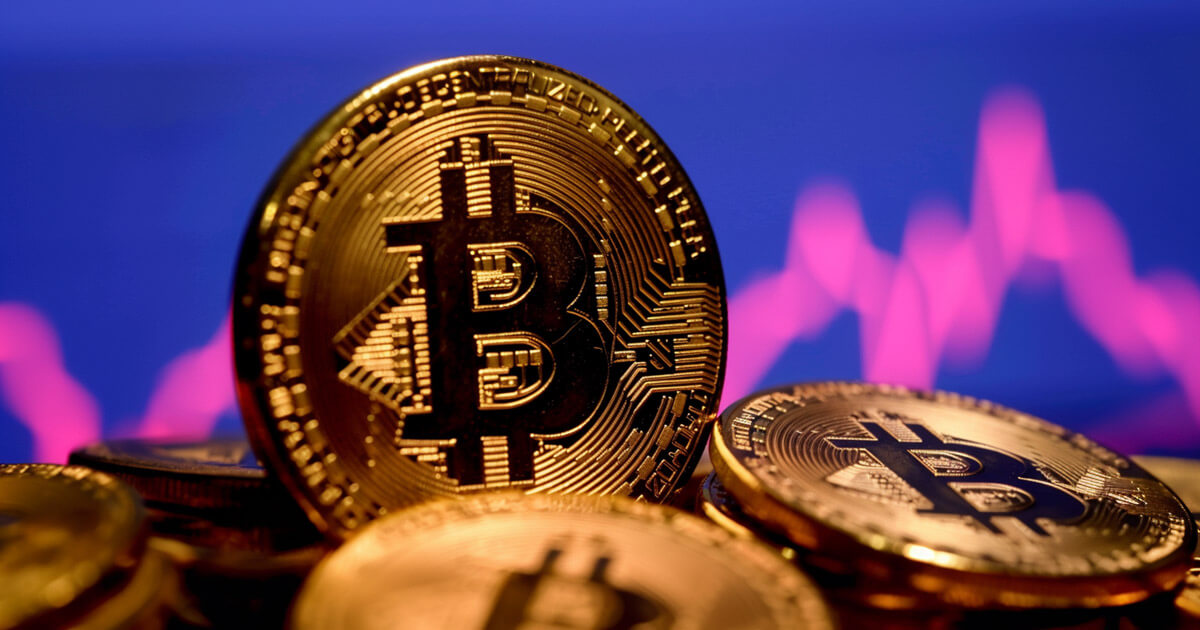Understanding AI Art
Artificial Intelligence (AI) art is a complex and controversial topic that challenges traditional notions of creativity and authorship. Unlike human-generated art, AI art lacks true intent and emotion. It relies on algorithms and data inputs to produce images, raising questions about the authenticity and ownership of these creations.
AI-generated images have become prevalent in various industries, particularly in marketing and design. Companies like Shutterstock, Adobe, and Getty Images have integrated AI image generators into their platforms to streamline the creative process and offer a wide range of visuals. However, the use of copyrighted materials to train these AI models has led to legal disputes and concerns regarding intellectual property rights.
The Legal Challenges
The legal status of AI-generated art remains uncertain, as there is limited precedent to guide copyright and ownership issues. Many AI models are trained using copyrighted images from the internet, leading to potential infringement claims. Artists and developers are grappling with questions of attribution and responsibility, with lawsuits struggling to establish clear guidelines for the industry.
Despite the legal ambiguity, AI art has gained traction among users seeking quick and accessible visual content. Free AI image generators offer users a taste of the technology, with limited features and resolution quality. However, the trend towards monetizing AI art through subscription services and premium upgrades raises concerns about accessibility and transparency.
The Evolution of AI Art
AI art extends beyond static images, with advancements in video generation and animation. Platforms like OpenAI’s Sora model and Bing’s Image Creator leverage AI algorithms to produce dynamic visual content with greater complexity and realism. While these tools offer innovative possibilities for creative expression, they also pose challenges in terms of ethical usage and creative originality.
As the AI art landscape continues to evolve, it is essential to consider factors such as training data, processing time, and usability when evaluating different platforms. By prioritizing uniqueness and experimentation, users can explore the full potential of AI art and push the boundaries of traditional artistic norms.
Exploring AI Artistry
Despite the legal and ethical considerations surrounding AI art, there is a growing fascination with the unconventional and unpredictable nature of AI-generated content. From peculiar video commercials to abstract visual interpretations, AI art offers a glimpse into the intersection of technology and creativity.
By embracing the quirks and idiosyncrasies of AI-generated art, users can discover new avenues for artistic exploration and innovation. Whether through text prompts, image inputs, or video outputs, AI art invites us to rethink the conventional definitions of artistry and inspiration in the digital age.
Image/Photo credit: source url





